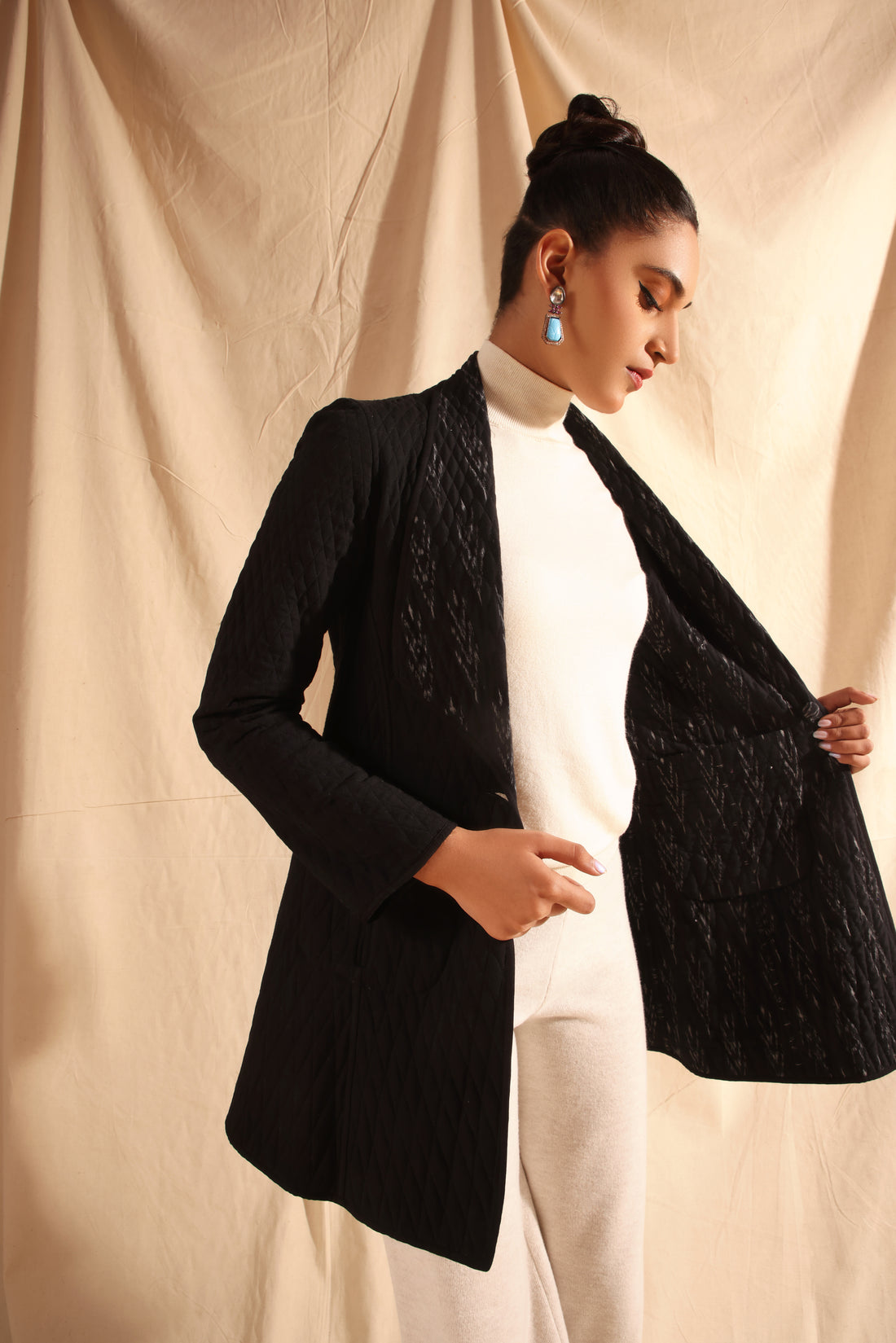
Why Sustainable Fashion Matters: Building a Wardrobe That’s Good for You and the Planet
In recent years, the fashion industry has faced a much-needed shift toward more ethical and eco-friendly practices. As consumers become more aware of their impact on the planet, sustainable fashion is no longer just a trend—it’s a necessity. But what does "sustainable fashion" really mean, and why should it matter to you? In this blog post, we’ll explore the importance of sustainable fashion and how making mindful choices can benefit both your wardrobe and the world.
What is Sustainable Fashion?
Sustainable fashion refers to clothing that is designed, produced, and distributed with minimal environmental impact. It emphasizes the use of eco-friendly materials, ethical labor practices, and manufacturing processes that reduce waste and pollution. From organic cotton and recycled fibers to low-impact dyes and water-saving techniques, sustainable fashion focuses on creating beautiful, durable pieces that align with environmental stewardship.
Why Choosing Sustainable Fashion Matters
-
Reducing Environmental Impact:
The fashion industry is one of the largest polluters in the world, contributing to issues like water pollution, deforestation, and excessive carbon emissions. By opting for sustainable clothing, you help reduce this impact. Brands committed to sustainability use materials and production methods that minimize harm to the environment. -
Supporting Ethical Labor Practices:
Fast fashion often relies on low-wage, unsafe labor conditions to produce cheap clothing. Sustainable brands, on the other hand, prioritize fair wages, safe working conditions, and ethical sourcing. When you purchase from a sustainable brand, you’re supporting a more equitable and humane supply chain. -
Investing in Quality and Longevity:
Sustainable clothing is designed to last. Unlike fast fashion items that quickly wear out, eco-friendly garments are crafted with durability in mind. This means you can build a wardrobe of timeless, versatile pieces that stand the test of time, reducing the need for constant replacements. -
Promoting a Circular Economy:
Many sustainable brands incorporate practices like upcycling, recycling, and offering take-back programs to keep textiles out of landfills. By choosing these brands, you contribute to a circular economy that focuses on extending the life of materials and reducing waste.
How to Build a Sustainable Wardrobe
-
Start with Versatile Basics:
Focus on timeless, high-quality pieces that can be mixed and matched for various occasions. Neutral colors, classic cuts, and durable fabrics are the foundation of a sustainable wardrobe. -
Choose Natural and Recycled Materials:
Look for clothing made from organic cotton, linen, hemp, and recycled fibers. These materials are not only better for the environment but also feel great against your skin. -
Shop Mindfully and Buy Less:
Sustainable fashion is about quality over quantity. Instead of constantly chasing trends, invest in a few key pieces that align with your style and can be worn season after season. -
Support Ethical Brands:
Research brands that align with your values. Sustainable brands are transparent about their sourcing, production processes, and labor practices. By supporting them, you’re voting with your wallet for a better future.
Conclusion: Fashion with a Conscience
Sustainable fashion isn’t just a buzzword—it’s a movement that prioritizes the health of our planet and the well-being of the people who make our clothes. By making conscious choices, you can build a wardrobe that not only looks great but also aligns with your values. Each purchase is a step toward a more sustainable future, where fashion is both beautiful and responsible.
So, next time you’re shopping for clothing, ask yourself: Is this a piece I’ll cherish for years? Is it made with care for the environment and the people who produced it? If the answer is yes, then you’re on your way to a more sustainable and mindful wardrobe.
